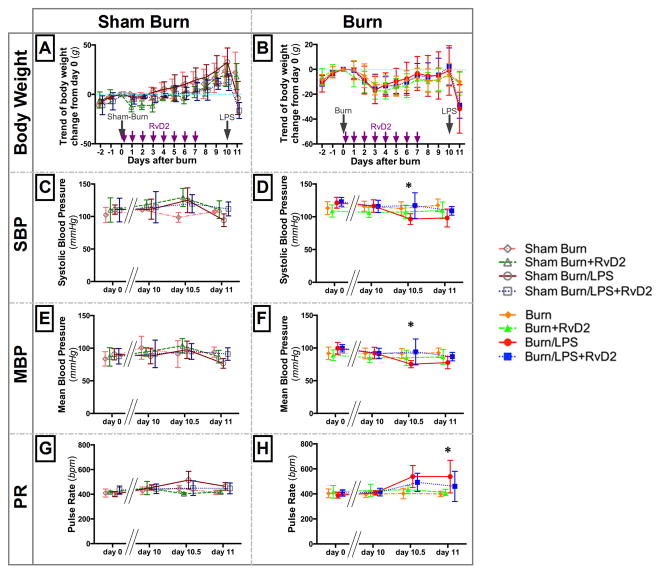Figure 3. Hemodynamic changes in rats after burns and endotoxin, in treated and untreated groups.
A, B. Body weight change in sham burn (A) and burn groups (B). Rats in sham burn groups lost few % of total body weight in the first 1 or 2 days due to general anesthesia, and recovered quickly by day 4 pb. Burned rats (all) lost about 5 % of total body weight in the 3 or 4 days post burn injury, and recovered at 10 days after burn. The body weight loss was comparable in treated and untreated groups (orange and green lines). After LPS injection, both RvD2 treated (blue) and untreated (red) groups showed comparable body weight loss. C–F. Systolic and mean blood pressure in sham burn (C, E) and burn groups (D, F). We monitored hemodynamic changes using non-invasive tail cuff measurement at four points, day 0 (pre burn), day 10 pb (before LPS), and then at 12 (day10.5 pb) and 24 (day 11 pb) hours after the LPS injection. After LPS the systolic blood pressure (SBP) and the mean blood pressure (MBP) decreased slightly in untreated groups. Differences between untreated and treated rats were significant at 12 hours after LPS (Burn/LPS vs. Burn/LPS/RvD2; *p≤0.05). It is important to note that MBP was maintained above 65 mmHg for all animals throughout the study. G, H. Pulse rate (PR) increased after LPS, more in untreated than in RvD2 treated group (H). The difference between untreated and treated animals increased at 24 hours after endotoxin in burn and LPS groups (Burn/LPS vs. Burn/LPS/RvD2; *p≤0.05). Hemodynamic condition, including SBP, MBP, and PR, did not change significantly in all sham burn groups (A–H: N=3 rats total, N=2–3 experiments for each sham burn group; N=6 rats total, N=3–4 experiments for each burn group).

